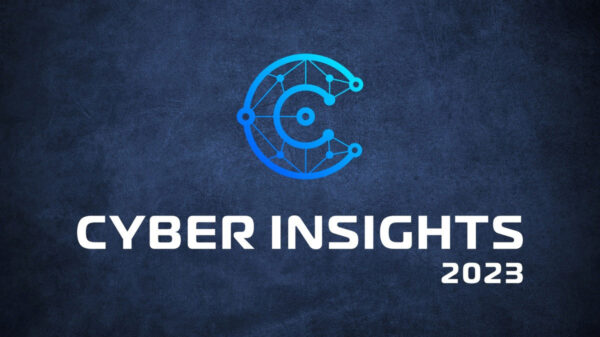The U.S. Food and Drug Administration (FDA) this week announced its medical device safety action plan, which includes seeking additional funding and authorities that would help it improve cybersecurity in the healthcare industry.
The FDA’s plan focuses on five key areas and medical device cybersecurity is one of them. As part of its efforts to keep up with emerging threats and vulnerabilities, the agency wants the authority to require medical device manufacturers to include updating and patching capabilities into the design of their products.
The organization also wants vendors to create a “Software Bill of Materials,” which should help medical device customers and users determine which systems may be impacted by vulnerabilities.
“The additional authorities we seek are to further strengthen medical device security by directly addressing challenges healthcare delivery organizations and providers have encountered as a result of cyber campaigns and attacks such as WannaCry,” an FDA spokesperson told SecurityWeek.
The agency would require that “new devices entering the market have a demonstrated capability of patchability and updatability built into the design architecture of the device, and that a patch management process and plan is provided by the manufacturer for premarket review,” the spokesperson said.
As for the Software Bill of Materials, the measure is inspired by one of the recommendations made recently by the Health Care Industry Cybersecurity Task Force. A bill of materials would be issued for each piece of medical technology to describe its components and the risks associated with those components, which can help users understand the impact of certain threats and vulnerabilities.
The FDA also plans on updating its premarket guidance for medical device cybersecurity to better protect against moderate risks, which it has described as ransomware and other attacks that could disrupt clinical operations and delay patient care, and major risks, such as the remote exploitation of a vulnerability that can be used in a “multi-patient, catastrophic attack.”
The agency’s plans also include requiring companies to adopt policies and procedures for coordinated disclosure of vulnerabilities.
Finally, the FDA says it’s exploring the development of a CyberMed Safety (Expert) Analysis Board (CYMSAB), which it has described as a “public-private partnership that would complement existing device vulnerability coordination and response mechanisms and serve as a resource for device makers and FDA.”
The CYMSAB’s tasks would include assessing vulnerabilities and assisting with coordinated disclosure, evaluating risks and proposed mitigations, and adjudicating disputes. One interesting role of this entity would be to send experts to investigate compromised devices at the request of a manufacturer or the FDA.
Related: St. Jude Medical Recalls 465,000 Pacemakers Over Security Vulnerabilities













